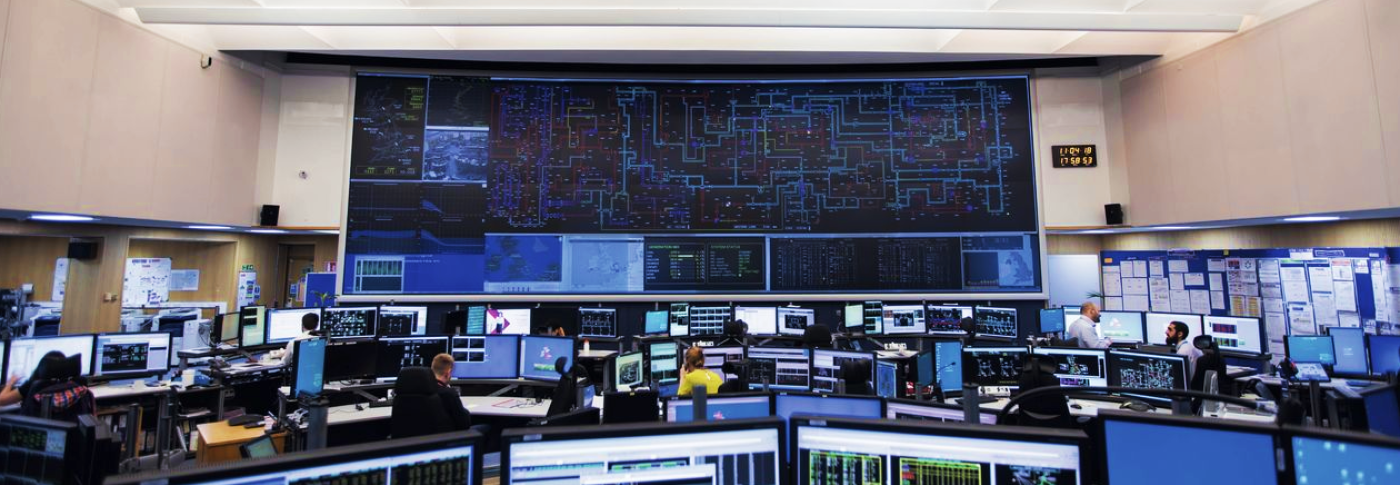Dr Paul Golby (CBE, FREng) announced as preferred candidate…
15 Mar 2024 - 1 minute read

8 Jul 2020 - 5 minute read
Our colleagues are at the heart of the ESO, working hard to operate a safe, reliable and affordable electricity system, all whilst supporting the transition to a greener, and more efficient system for future generations.
Dimple Shastri, Assistant National Balancing Engineer gives an insight into her role and what the COVID-19 pandemic has meant for her.
I joined in 2011 on the engineering training programme and it gave me an introduction to different roles within the business. I’ve been in my current role within the control room for six years.
My role as Assistant National Balancing Engineer is part of the Energy Team which consists of 4 people.
Our challenge is to balance electricity demand with electricity generation across Great Britain.
It’s not an easy task during normal times and the COVID-19 pandemic has made it even more challenging!
“We are responsible for keeping the electricity flowing to all the hospitals, supermarkets, homes, and businesses”
We use the electricity system frequency to ‘drive’ the system. If the frequency is steady at 50Hz we know that electricity generation matches the electricity demand.
If the frequency goes below this, we need more generation and if it goes higher than 50Hz we need less. In reality, the frequency is fluctuating as demand and generation changes second by second.
The Energy team manages the frequency by sending instructions to power stations all over the country to raise or lower their outputs or even to start-up or shut down to meet the electricity demand. We currently have very little control over the demand.
We keep the system secure by instructing some power stations on to frequency response which enables the power station to alter its output automatically.
This helps to keep the system frequency at 50Hz.
The more wind and solar we have generating on the system, the more volatile the frequency becomes due to the inherent uncertainty of their generation output. Our jobs get very busy on those days!
Another aspect of our role is to make sure we don’t put too much electricity flow through certain areas of our network that maybe constrained by equipment outages or faults.
This can be very challenging as it limits which power stations we can use, and it may require us to send instructions to power stations in a certain geographical location to go to a certain load to reduce or increase flows on certain transmission circuits on the system.
All this whilst trying to keep the overall system frequency at 50Hz.
It can feel like you’re juggling 20 balls at once sometimes, but you can’t drop one!
Everything I do is to balance the electricity system as economically as possible in a safe and secure way.
Whether it be putting power stations on frequency response, solving system constraints or making sure we have enough system inertia to resist any large power station or Interconnector losses.
In the Energy team we have 2 Assistant National Balancing Engineers - One for the generators in the North of GB and one for the South. We’re authorised to do both zones and switch regularly between these roles.
One of the key activities we undertake is independent action if the frequency rises to 50.15Hz, 50.2Hz or 50.25Hz. Both the North and South Engineers must independently take actions at the same time. We take 150MW each off the system to bring the frequency down.
If the frequency is still too high, we reduce another 150MW each and so on.
I’m proud of what I do for the country and that has increased even more during the past few months as Great Britain relies so heavily on us to deliver electricity.
Can you imagine lockdown without electricity?!
It makes you appreciate how important our role is to the nation.
As a team we are responsible for keeping the electricity flowing to all the hospitals, supermarkets, homes, and businesses.
Usually we’d switch between two control rooms. Since lockdown started, we’re based at a ‘home’ control room so I’ve not seen a lot of people I’d usually work with, but we speak on the phone or over an intercom.
We don’t take any risks when people are unwell, so I’ve done a lot of extra hours to cover colleagues who are self-isolating.
My role has become busier due to the low demand which has been up to 20% below what we’d usually expect. Last week I completed a 12-hour shift that flew by as the workload was so high.
As a few my colleagues have discussed, 20% lower electricity demand creates an increased challenge for us in the control room, especially when you couple that with high solar and wind outputs. We’re very good at adapting and have a very strong team mentality, so we are well prepared for any circumstance.
"We are starting to see the electricity demand slowly increase and we’re seeing a larger electricity demand on Monday mornings as people get out of bed early to commute to work, use showers and pop on the TV/Radio and kettle." - Dimple Shastri, Assistant National Balancing Engineer, National Grid ESO.
During full lockdown we didn’t see this because people were tending to stay in bed later as they were working from home.
I’ve really impressed myself as I’ve learnt to cook and bake new things.
I’ve also started Yoga to keep myself active and to help my mental well-being in these tough times.
Hugged my family and friends, go to the pub and I’d love to book a holiday soon. In that order!